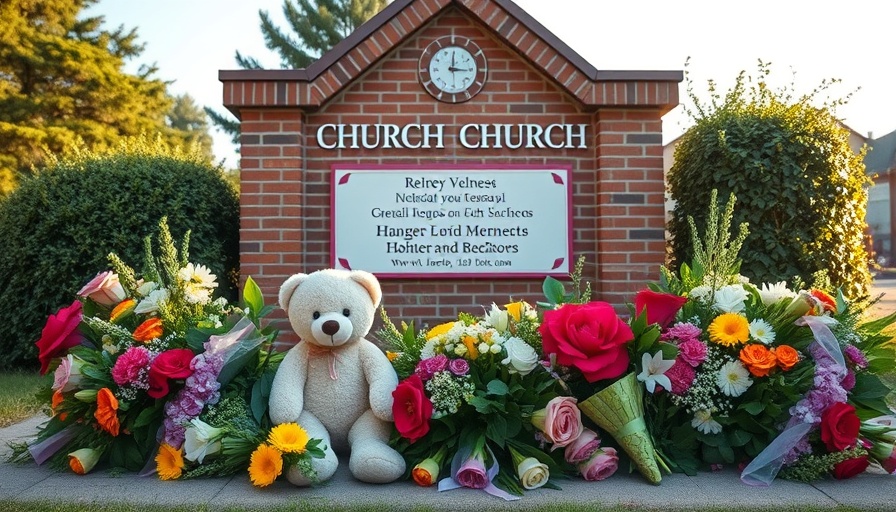
Environmental Crisis in Baltimore's Harbor: A 2,000-Gallon Fuel Spill
Recently, Baltimore's harbor faced a significant environmental challenge when 2,000 gallons of fuel leaked into its waters, prompting swift action from local agencies and environmental groups. This incident highlights the ongoing vulnerabilities associated with urban waterways, particularly in densely populated areas like Baltimore. Such spills not only pose immediate threats to marine life but also bring underlying issues of regulatory oversight and response preparedness into question.
The Immediate Response and Cleanup Operations
Local authorities, along with specialized spill response teams, quickly mobilized to contain the spill. Absorbent materials were deployed to limit the spread of the fuel, while recovery efforts focused on reducing environmental damage. These efforts were supported by the Environmental Protection Agency (EPA) guidelines for such hazardous incidents, reflecting a system designed to protect both human and environmental health. However, the question remains: are these protocols efficient and effective enough in preventing future occurrences?
The Broader Implications for Urban Infrastructure
This spill serves as a reminder of the critical importance of maintaining and upgrading urban infrastructure to mitigate similar risks. Aging pipelines, inadequate monitoring systems, and strained budgets can contribute to environmental accidents that not only affect local ecosystems but also the economy—particularly sectors reliant on clean waterways, such as tourism and fishing. A bipartisan approach to infrastructure investment may be required to address these vulnerabilities, fostering collaboration among local government, state agencies, and community organizations to develop sustainable solutions.
Connecting Local Incidents to National Policies
The Baltimore spill also illuminates the interconnectedness of local environmental policies with broader national concerns. For instance, discussions around climate change preparedness and energy policies impact how urban centers manage their waterways. Legislative actions at the Congressional level can influence how funds are allocated for environmental protection and infrastructural improvements, making it imperative for everyday citizens to engage with their representatives on such issues. Furthermore, this incident could prompt active discourses about the role of federal policies in supporting local environmental safeguards, possibly igniting a wider examination of national energy policies.
What Can Be Done: Actionable Insights and Future Directions
To prevent similar incidents, professionals and community leaders can advocate for better environmental oversight and proactive investment in infrastructure. Engaging in discussions around legislation related to energy use and spill prevention technologies is crucial. Furthermore, local stakeholders can implement educational programs to elevate public awareness of vanishing estuarine ecosystems and the importance of clean water. With global attention increasingly focused on environmental conservation and sustainability, Baltimore's predicament underscores the need for comprehensive, practical strategies that include community involvement and expert recommendations.
Ultimately, as discussions around environmental protection gain momentum at the national level—encompassing issues like water quality, climate change, and sustainable energy practices—locals must seize the opportunity to engage with policymakers. Addressing these concerns through a blend of social responsibility, funding, and legislative advocacy can cultivate a resilient urban ecology.
Your Role in Protecting the Environment
As professionals, you have a unique opportunity to influence change by advocating for policies that protect our environment and investing in sustainable solutions for future generations. Explore local initiatives to support or even start grassroots organizations focused on environmental safeguarding. Your voice and actions are critical in building a sustainable community that prioritizes ecological health alongside economic development.
 Add Row
Add Row  Add
Add 




Write A Comment